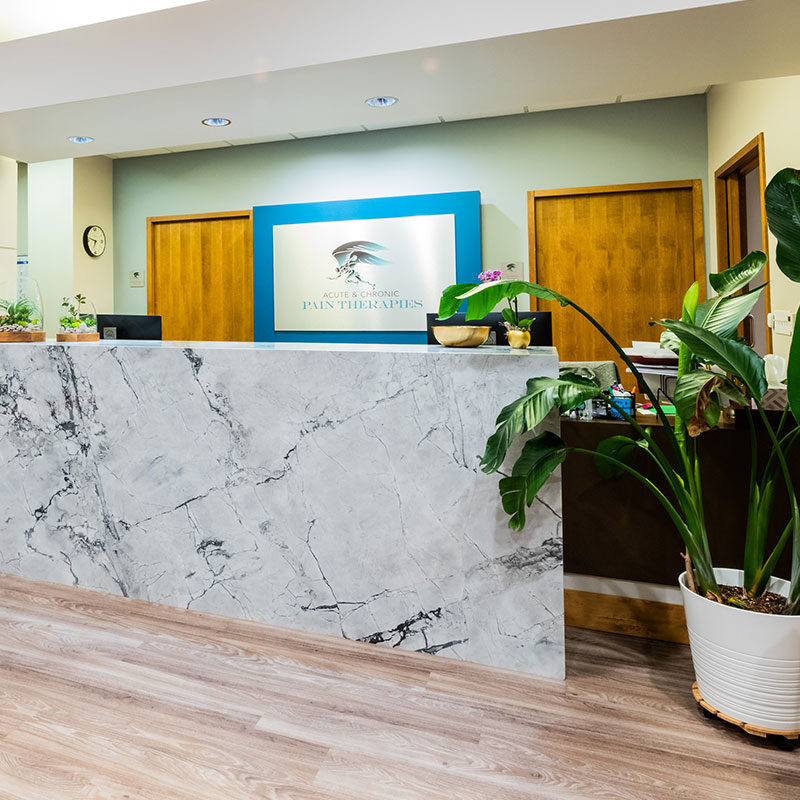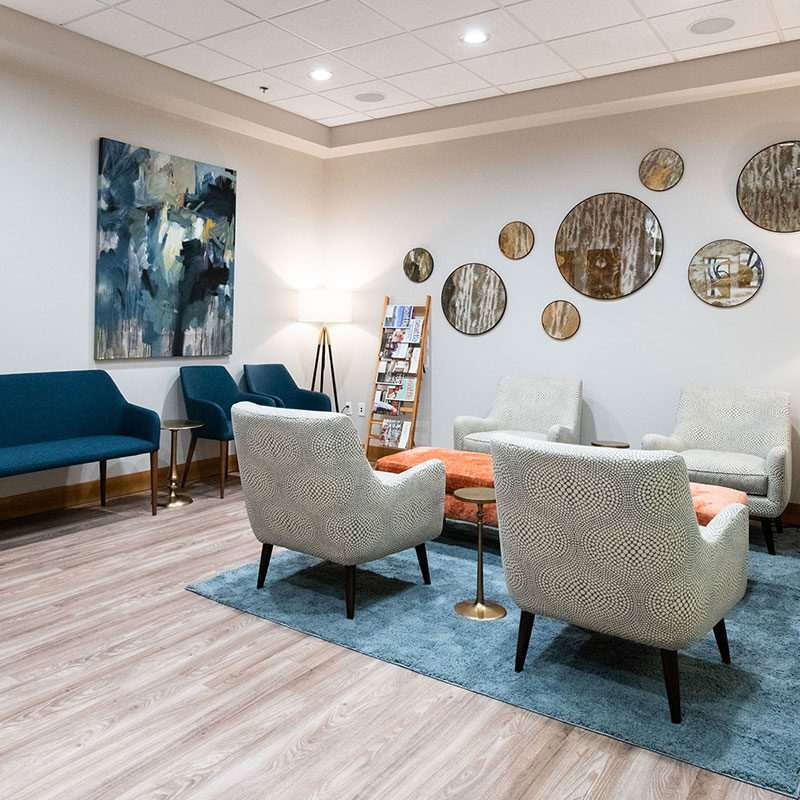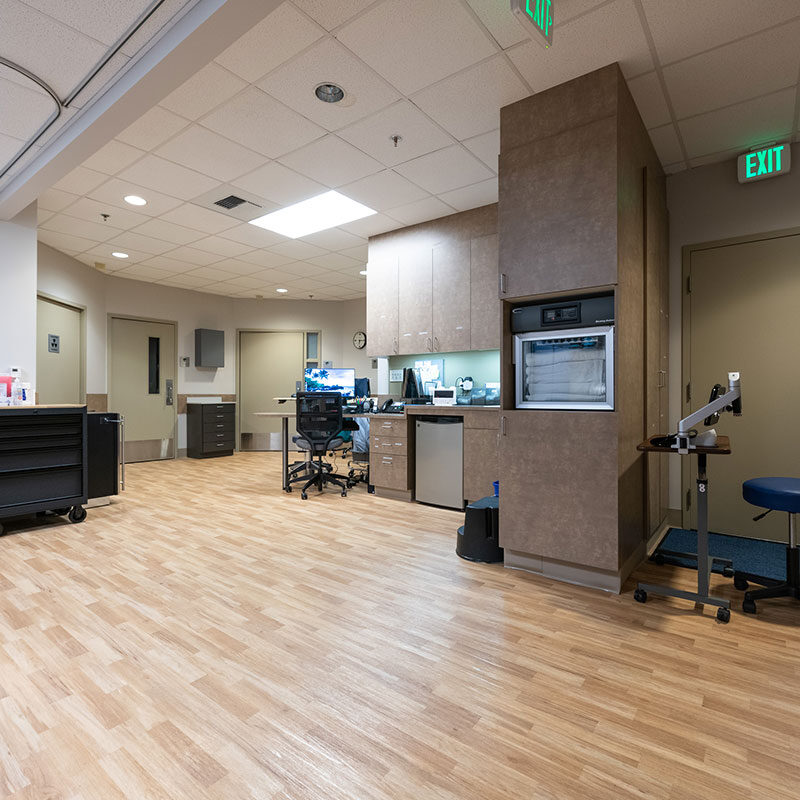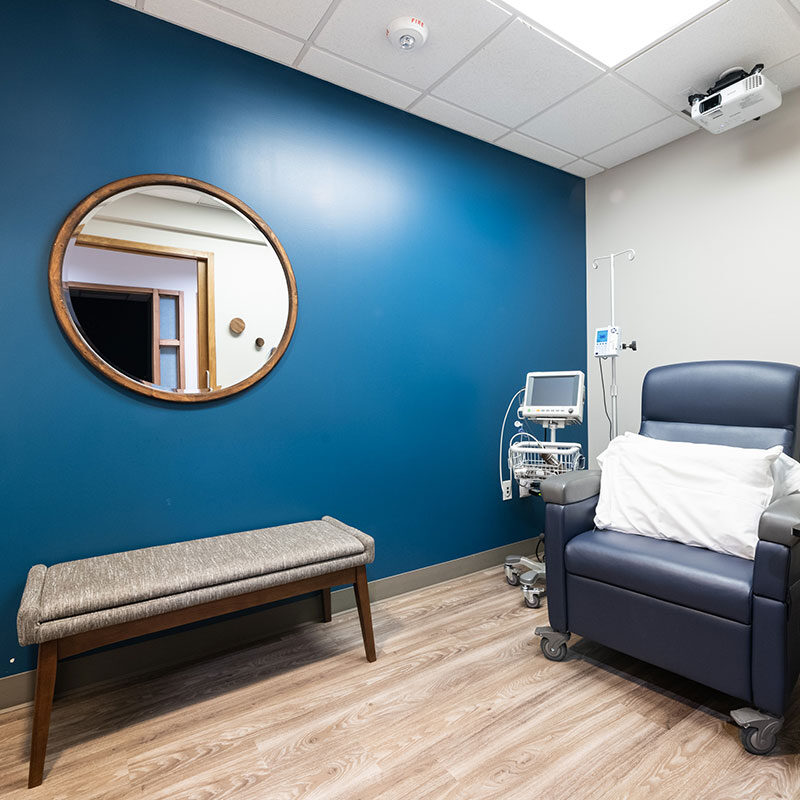Regenerative medicine is the process of using living, functional tissues to repair or replace tissue or organ function lost due to age, disease, damage, or congenital defects. Imagine restoring damaged tissues and organs in the body by stimulating previously irreparable organs to heal themselves. Also imagine the prospect of scientists growing tissues and organs in the lab and safely implanting them in the body when the body can no longer heal itself.
Here are some interesting facts about the history (and future) of regenerative medicine:
- Successful transplantation of bone, soft tissue, and corneas occurred early in the 20th century.
- Real progress in organ transplantation began in 1954 with the first successful kidney transplant.
- During the 1960s, successful transplantation of pancreas/kidney, liver, isolated pancreas and heart occurred.
- Transplant surgery success continued into the 1980s with successful heart-lung, single lung, double lung, living-donor liver, and living-donor lung transplants.
- The rapid development of transplant medicine along with the aging of the baby boomer generation has caused an increased demand for tissues and organs far exceeding the available donor organs.
- Hundreds of thousands of people benefit from a transplant each year.
- As of August 2010, there were approximately 108,000 people on the waiting list for donor organs. Many of these individuals will have died before a suitable organ can be found.
- Tissue-engineered skin has been used for skin replacement, temporary wound cover for burns, and treatment for diabetic leg and foot ulcers.
- Tissue-engineered bladder, derived from a patient’s own cells, can be grown outside the body and successfully transplanted.
- A material developed from the small intestines of pigs is increasingly used by surgeons to restore damaged tissues and support the body’s own healing processes. Physicians rely on the material, called small intestinal submucosa (SIS), for everything from reconstructing ligaments to treating incontinence. Today, SIS is most commonly used to help the body close hard-to-heal wounds such as second-degree burns, chronic pressure ulcers, diabetic skin ulcers, and deep skin lacerations.
- Tissue-engineered products are used to induce bone and connective tissue growth, guide long bone regeneration, and replace damaged knee cartilage.
- Tissue-engineered vascular grafts for heart bypass surgery and cardiovascular disease treatment are at the pre-clinical trial stage.
- Stem and precursor cells are available from a wide variety of sources (e.g., embryos, gestational and adult tissues, and reprogrammed differentiated cells). This increases the sophistication, variety and utility of engineered tissues. Animal and small pilot human studies are currently paving the way for large scale clinical trials to treat many intractable diseases.
- By providing healthy, functional tissues and organs, regenerative medicine will improve the quality of life for individuals.
- Imagine a world where there is no donor organ shortage, where victims of spinal cord injuries can walk, and where weakened hearts are replaced. This is the long-term promise of regenerative medicine, a rapidly developing field with the potential to transform the treatment of human disease through the development of innovative new therapies that offer a faster, more complete recovery with significantly fewer side effects or risk of complications.
- Insulin-producing pancreatic islets could be regenerated in the body or grown in the laboratory and implanted, creating the potential for a cure for diabetes.
- Tissue-engineered heart muscle may be available to repair human hearts damaged by attack or disease.
- The emerging technique of Organ Printing utilizes a standard ink jet printer modified with tissue matrix material (and possibly also cells) replacing the ink. “Made-to-order” organs of almost any configuration could then be cast and implanted.
- Materials Science meets Regenerative Medicine as “smart” biomaterials are being made that actively participate in, and orchestrate, the formation of functional tissue.
- New approaches to revitalizing worn-out body parts include removing all the cells from an organ, and infusing new cells to integrate into the existing matrix and restore full functionality.
For more information about how regenerative medicine can change your outlook and your quality of life, schedule an appointment with Dr. Fisk today.
#bewell #livewell #alifewelllived




